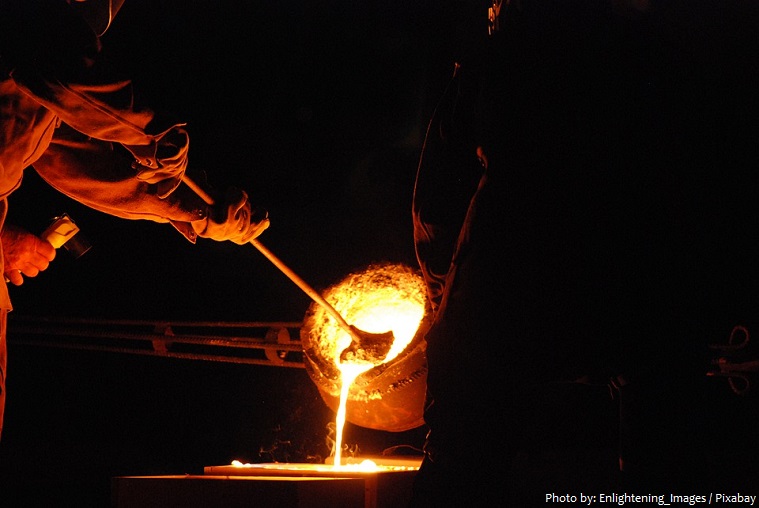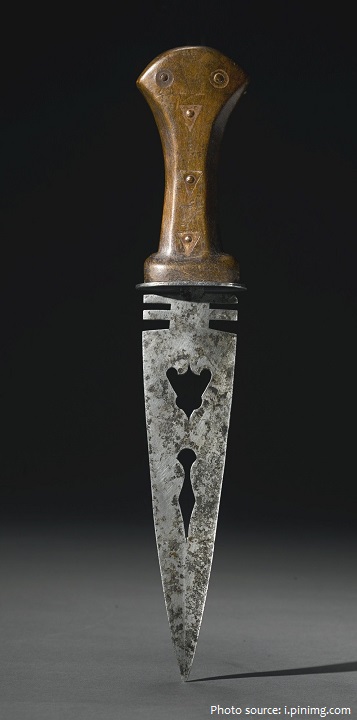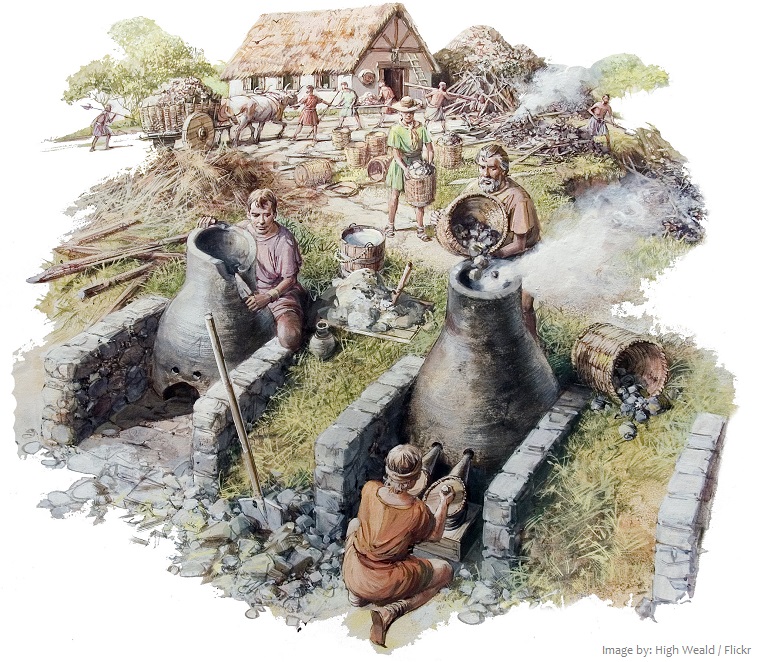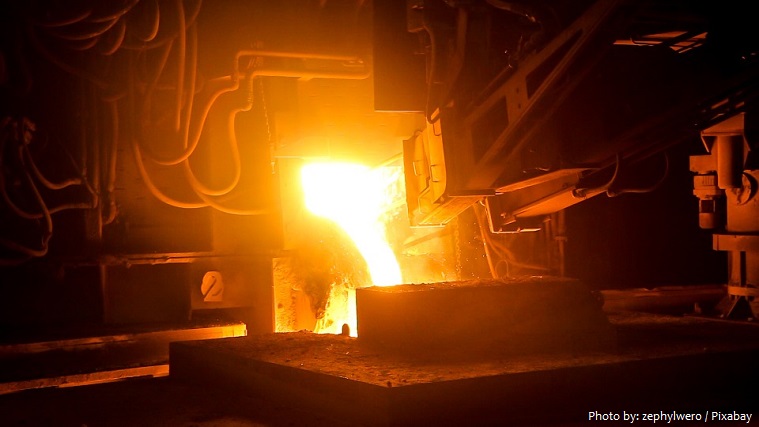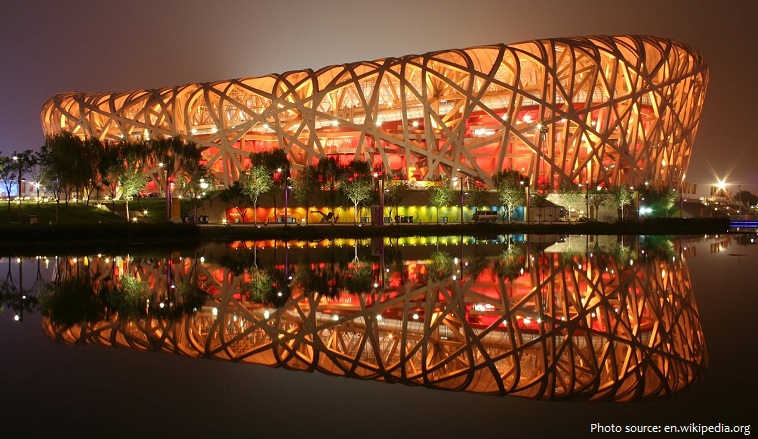Steel is an alloy of iron and carbon, and sometimes other elements.
By far the most widely used material for building the world’s infrastructure and industries, it is used to fabricate everything from sewing needles to oil tankers.
The main reasons for the popularity of steel are the relatively low cost of making, forming, and processing it, the abundance of its two raw materials (iron ore and scrap), and its unparalleled range of mechanical properties.
Pure iron is quite ductile, or soft and easily formed. In steel, small amounts of carbon, other elements, and inclusions within the iron act as hardening agents that prevent the movement of dislocations.
The earliest known production of steel is seen in pieces of ironware excavated from an archaeological site in Anatolia and are nearly 4,000 years old, dating from 1800 BC.
As early as the third century BC, the craftsmen of southern India used crucibles to smelt wrought iron with charcoal to produce ‘wootz’ steel – a material that is still admired today.
Damascus steel was a term used in Western culture from the Medieval period onward to describe a type of steel created in India and used in swordmaking from around 300 BC to 1700 AD.
Horace identifies steel weapons such as the falcata in the Iberian Peninsula, while Noric steel was used by the Roman military.
In the Middle Ages, steel could be made only in small amounts since the processes took a long time.
Steel was produced in bloomery furnaces for thousands of years, but its large-scale, industrial use began only after more efficient production methods were devised in the 17th century.
In about the year 1610 steel started to be made in England, and the way it was made got better and cheaper over the next 100 years.
A British inventor, Henry Bessemer, is generally credited with the invention of the first technique to mass produce steel in the mid 1850s.
Steel is still produced using technology based on the Bessemer Process of blowing air through molten pig iron to oxidise the material and separate impurities.
Steel helped start the Industrial Revolution in England and in Europe.
Steel is very friendly to the environment. It is completely recyclable, possesses great durability, and, compared to other materials, requires relatively low amounts of energy to produce.
Steel’s unique magnetic properties make it an easy material to recover from the waste stream to be recycled. The properties of steel remain unchanged no matter how many times the steel is recycled.
The world pours more steel in an hour than it has poured gold since the beginning of recorded history.
Construction is one of the most important steel-using industries, accounting for more than 50% of world steel production. Buildings – from houses to car-parks to schools and skyscrapers – rely on steel for their strength.
The Beijing National Stadium, also known as the Bird’s Nest stadium, took five years to complete and was China’s centrepiece for the 2008 Olympic Games. It is an architectural wonder constructed with more than 42,000 tonnes of steel. It is the largest steel structure in the world.
According to legend, the great sword Excalibur was imposing and beautiful. The word means “cut-steel.” But it wasn’t steel. From the age of King Arthur through Medieval times, Europe lagged behind in iron and steel production.
Katana are traditionally made from a specialized Japanese steel called tamahagane, which is created from a traditional smelting process that results in several, layered steels with different carbon concentrations. This process helps remove impurities and even out the carbon content of the steel.
In metallurgy, stainless steel is a steel alloy, with a minimum of 11% chromium content by mass and a maximum of 1.2% carbon by mass.

